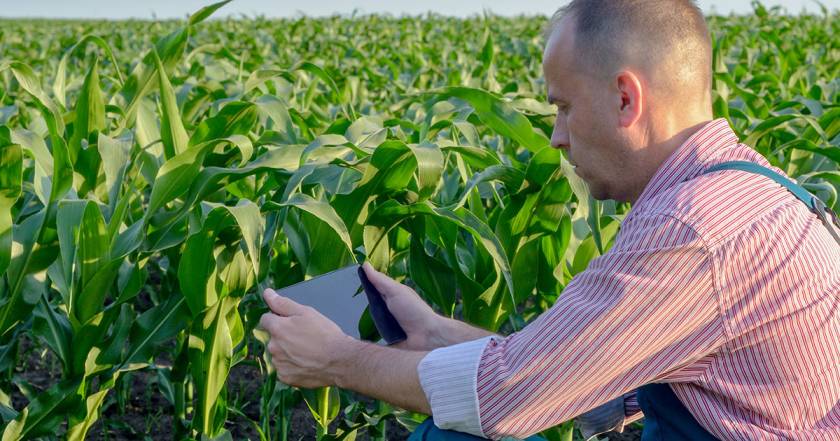Make In Season Adjustments

Have you ever received results of an early-season tissue test that indicated your corn was low on nitrogen? If so, did you wonder if it was because you didn’t apply enough or because the plant roots weren’t big enough to take up the nitrogen that you applied?
This is what makes us different
WinField United has a tool that connects tissue testing with crop modeling to help farmers better understand macro-nutrient dynamics — specifically nitrogen and potassium. Superior Ag uses this tool throughout the season to help us make better data driven decisions for the current season and for the future.
Calibrating the model
When using this tool, Superior Ag can leverage data from Answer Plot® insights, as well as in-season weather and application details to calibrate the model. By doing this, in-season and historical data remain relevant.
In addition, the Field Forecasting Tool re-calibrates in-season with updated tissue tests. Most crop models today account for things like plant growth; soil processes; and nitrogen, potassium and water dynamics in the plant. However, there are other things that aren’t necessarily modeled that can influence yield potential, including diseases, insects, tillage practices and compaction issues. By pulling accurate tissue tests across your field, Superior Ag is able to use your plant as a sensor that represents your nutrient values within the plant. This allows Field Forecasting Tool to eliminate much of the error that is created by external factors that can influence yield but aren’t shown on the model.
Making In-Season Adjustments
With the Field Forecasting Tool, you can look at last year’s data and manipulate the decisions you made to see how they would have changed your final yield. This allows you to tweak your planning and determine if making an adjustment to your nitrogen program can provide financial benefits this year.
The tool can also help you fine-tune your in-season nitrogen application rates because the model is forward-looking. It not only includes historical information; it looks ahead based on weather predictions for the current year and gives you an estimate of yield at the end of the season.